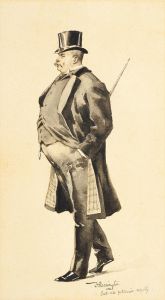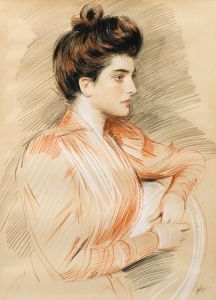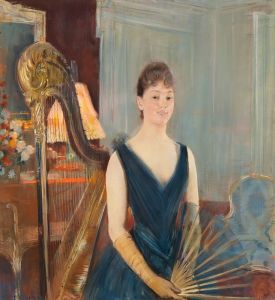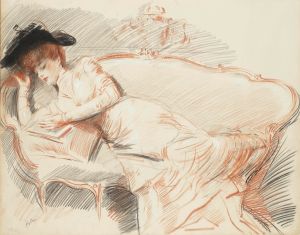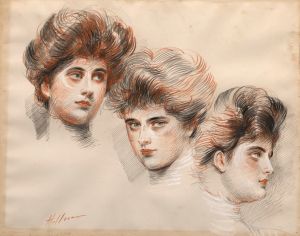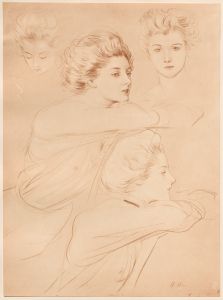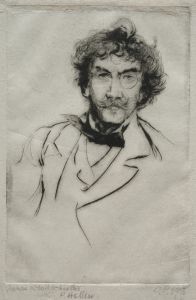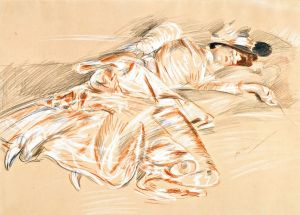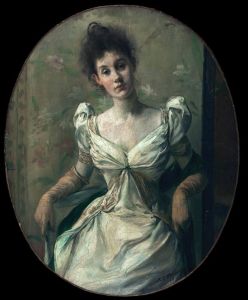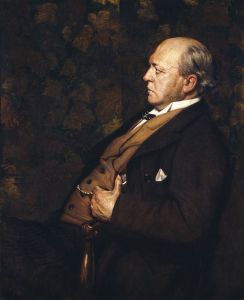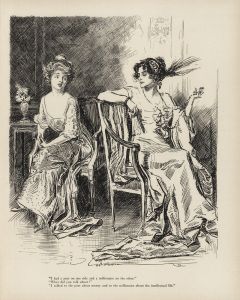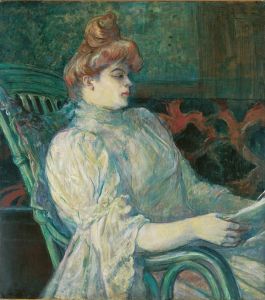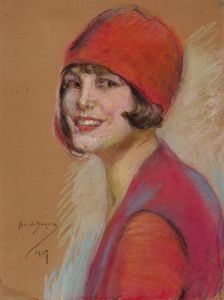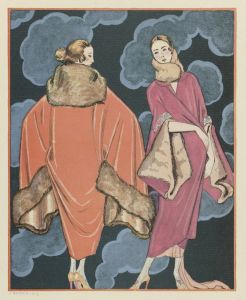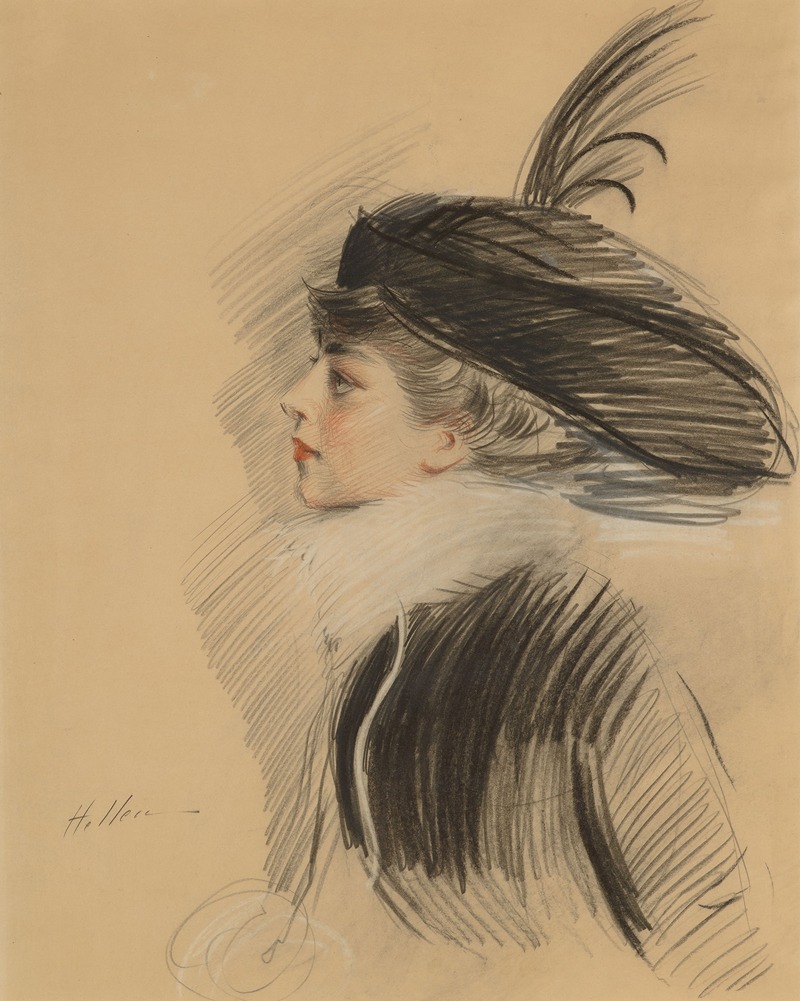
Portrait of Belle da Costa Greene
A hand-painted replica of Paul César Helleu’s masterpiece Portrait of Belle da Costa Greene, meticulously crafted by professional artists to capture the true essence of the original. Each piece is created with museum-quality canvas and rare mineral pigments, carefully painted by experienced artists with delicate brushstrokes and rich, layered colors to perfectly recreate the texture of the original artwork. Unlike machine-printed reproductions, this hand-painted version brings the painting to life, infused with the artist’s emotions and skill in every stroke. Whether for personal collection or home decoration, it instantly elevates the artistic atmosphere of any space.
Paul César Helleu's "Portrait of Belle da Costa Greene" is a notable work by the French artist, who was renowned for his portraits and depictions of fashionable society women during the late 19th and early 20th centuries. Helleu, born in 1859, was a prominent figure in the art world, known for his elegant and graceful style, often working with pastels and drypoint etching. His works captured the essence of the Belle Époque, a period characterized by cultural flourishing and artistic innovation in Europe.
Belle da Costa Greene, the subject of this portrait, was a significant cultural figure in her own right. Born in 1879, Greene became one of the most influential librarians and bibliophiles of her time. She is best known for her role as the personal librarian to J.P. Morgan, the American financier and banker. Greene played a crucial role in developing and expanding the Pierpont Morgan Library (now the Morgan Library & Museum) in New York City, helping to transform it into one of the most important cultural institutions in the United States.
Greene was known for her intelligence, charm, and expertise in rare manuscripts and books. Her work involved acquiring and curating a vast collection of rare books, manuscripts, and art, significantly enhancing the library's reputation and holdings. Despite the challenges of her era, particularly as a woman of African-American descent passing as white, Greene navigated the complexities of the art and literary world with remarkable skill and discretion.
Helleu's portrait of Greene captures her poised and sophisticated demeanor, reflecting both her personal elegance and her professional acumen. The artist's style, characterized by fluid lines and a delicate touch, complements Greene's own refined presence. While specific details about the creation and current location of the portrait may not be extensively documented, the work remains an important testament to the intersection of art, culture, and history.
Helleu's broader body of work includes portraits of other prominent figures of the time, such as Coco Chanel and Consuelo Vanderbilt, further cementing his reputation as a chronicler of high society. His ability to capture the subtleties of his subjects' personalities and the luxuriousness of their attire made his portraits highly sought after during his lifetime.
The collaboration between Helleu and Greene, as artist and subject, highlights the cultural vibrancy of the early 20th century, a period marked by significant social and artistic change. Greene's legacy as a pioneering librarian and Helleu's contributions to portrait art continue to be recognized and celebrated in the context of art history.
In summary, "Portrait of Belle da Costa Greene" by Paul César Helleu is a significant work that encapsulates the elegance and cultural importance of its subject. It serves as a historical artifact that not only showcases Helleu's artistic talent but also commemorates Greene's influential role in the world of rare books and manuscripts.





